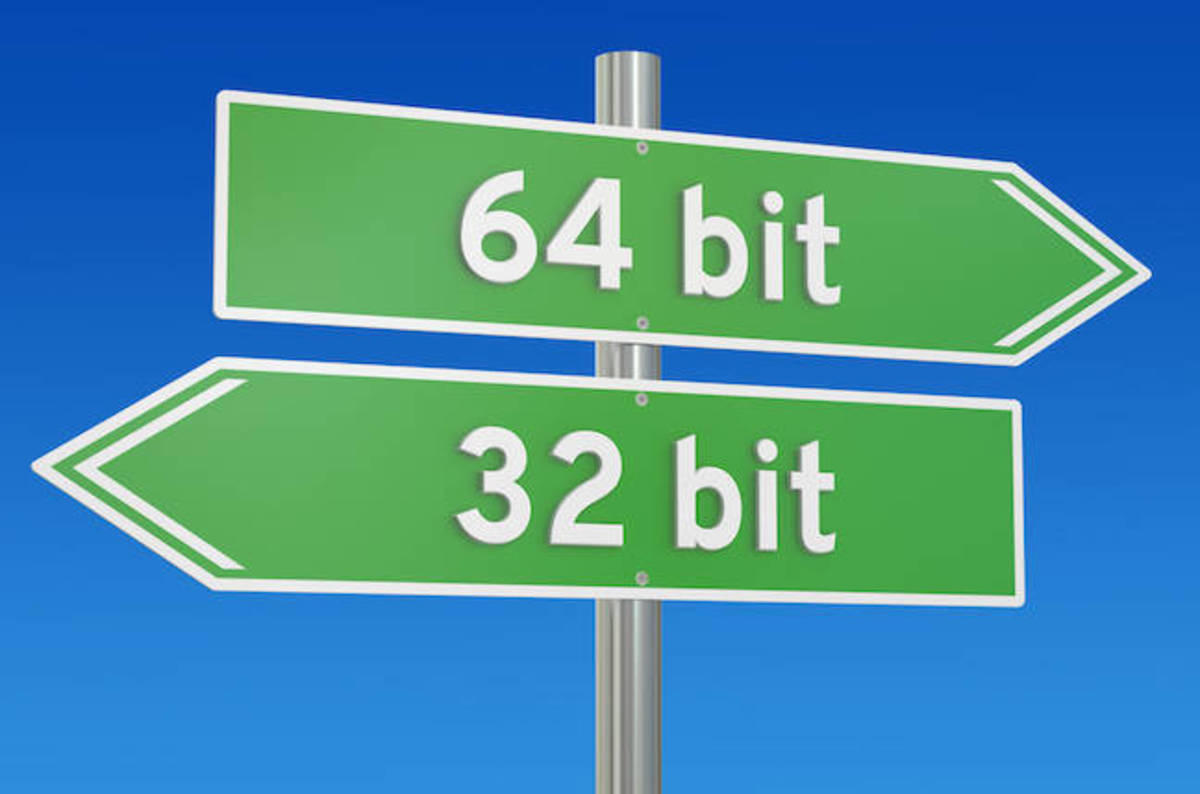NVIDIA: R.I.P 32-Bit Systems, we’ve had a good run, but Windows PC users deserve better

It didn’t take long for 32-bit architecture to retire 16-bit systems, as the world of consumer computing evolved from MSDOS and Windows 3.1, to more advanced systems running 32-bit operating systems like Windows 95.
The advantage of 32-bit processors over earlier architectures, was substantial, as they allowed features like “true” multitasking, and support for more advanced graphics and multimedia content, as well as early development of advanced web applications.
With that said, 64-bit processors have been popular within scientific and research circles for a long time, as they appeared in several supercomputers, such as the Cray-1, as early as the 1970s, and RISC workstations, like the MIPS RS400, R8000 and R10000, as well as the DEC Alpha, and the SUN UltraSPARC.
64-bit processors for mainstream use, however, did not make their appearance in consumer computing devices until 2003, when the first x86-64 processor was introduced with the Apple PowerPC G5.
In addition, 64-bit processors reached mobile devices, including most smartphones and tablets as early as 2012, and represent now the architecture that powers the vast majority of computing devices worldwide.
Nvidia seems set to bury 32-bit systems for good, by dropping 32-bit support for its graphic cards completely, leaving version 390 of its graphic drivers to be the last to support the now obsolete architecture.
This decision is loaded with considerations that take into account increased security, and the advancement of the PC industry, by leaving behind legacy compatibility concerning obsolete hardware, but as the company withdraws support for legacy devices, the shift could cause a few problems, particularly for small businesses and organizations, and even hospitals that still use legacy systems running older operating systems and applications.
With that in mind, it’s unlikely that operating system manufacturers like Apple and Microsoft will provide backward compatibility for 32-bit systems for very long. A wide range of Linux distributions are also dropping 32-bit, and embracing 64-bit architectures, such as Fedora-based Korora 24, code-named “Sheldon”, after the popular character from the television show “The Big Bang Theory”. Fedora has announced the end of support for 32-bit processors, as early as 2016, among some of the most popular distributions.
Ready to shop?
PortableOne has the best deals on Windows 10 Pro laptops, featuring the latest hardware-based security features, and full BitLocker encryption to protect your files from prying eyes.